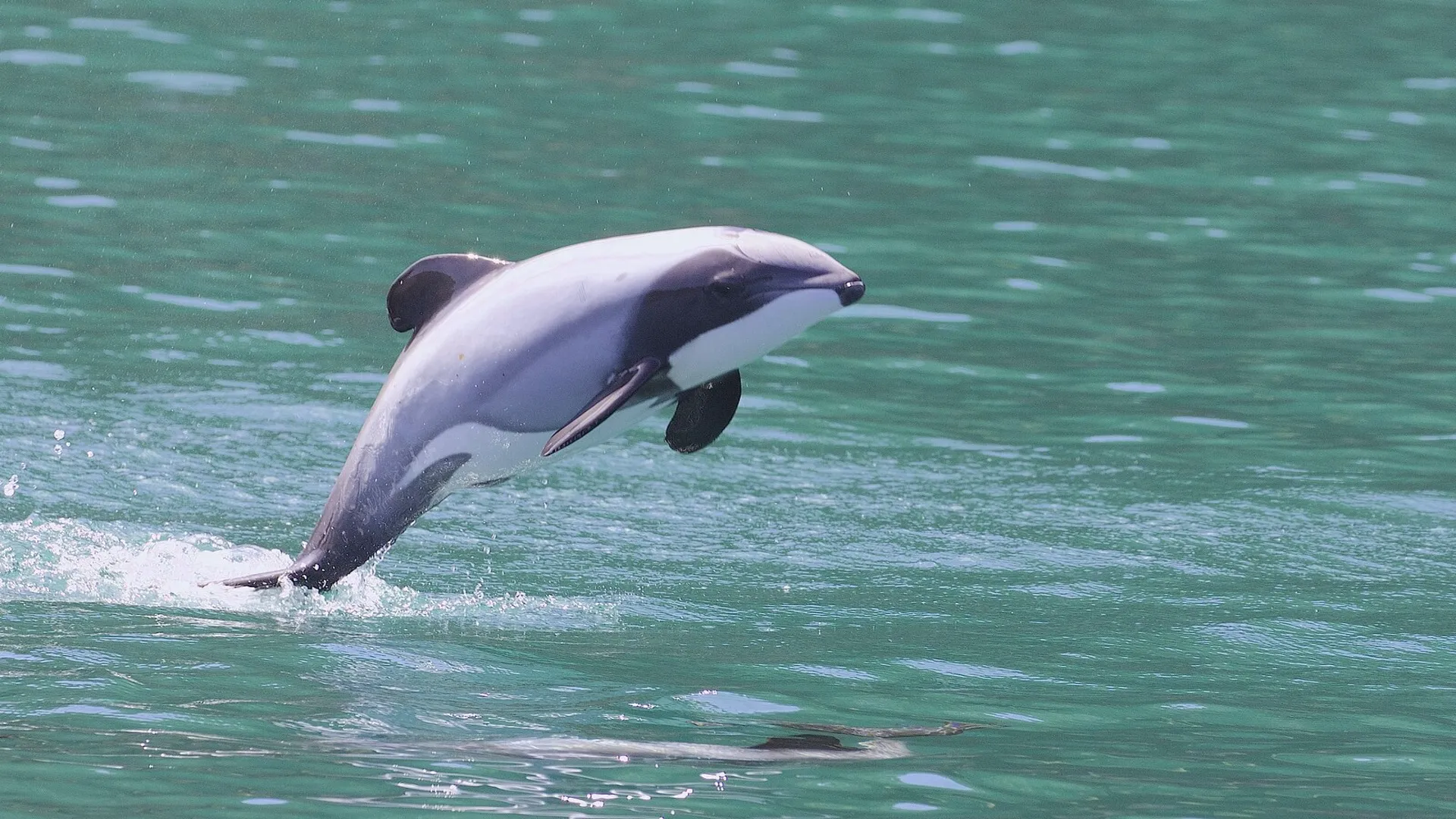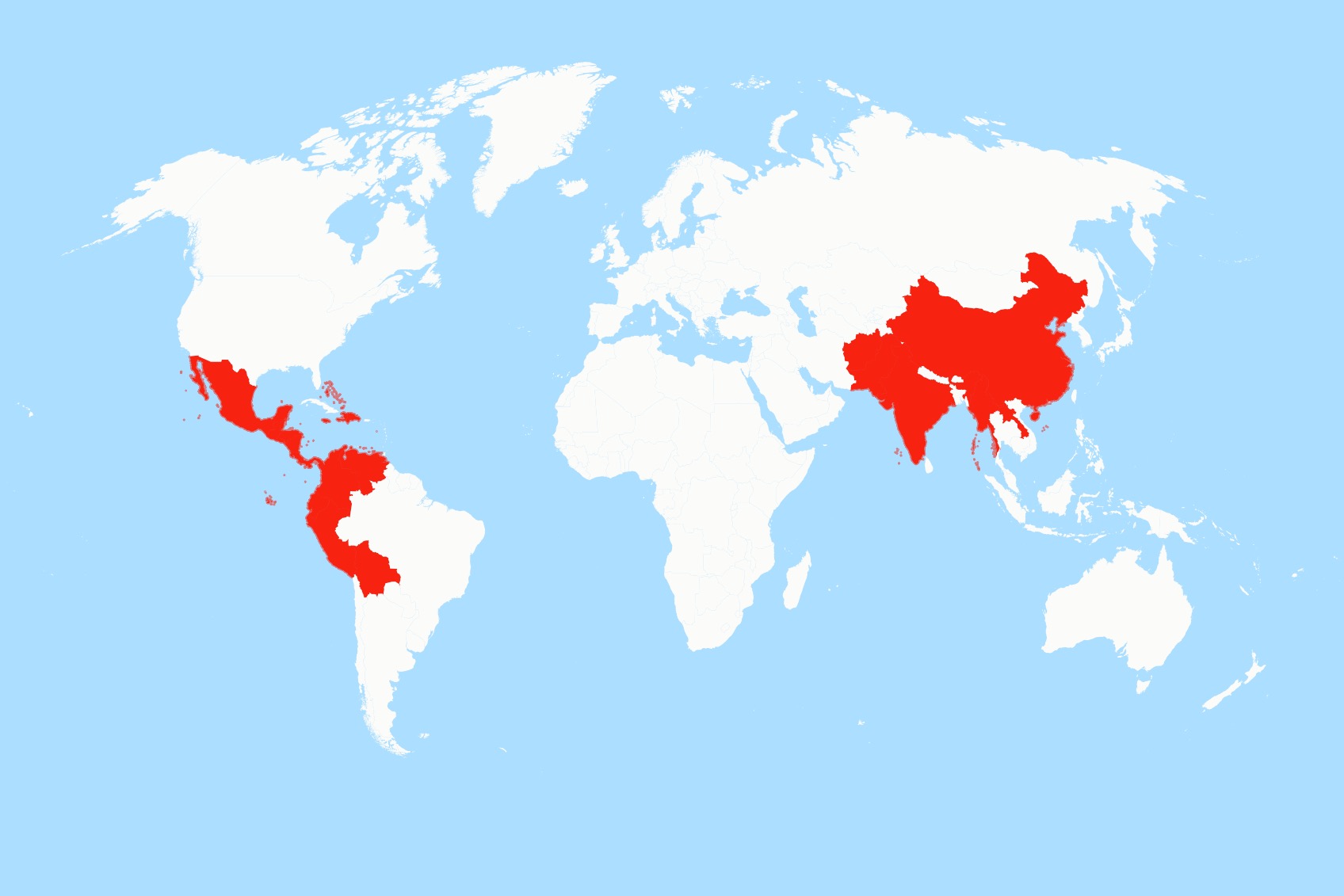
A new study by the University of Auckland has uncovered the astonishing underwater choreography of the world’s smallest marine dolphin, but it may also get them tangled up in fishing gear.
Though scientists studied Hector’s dolphins by observing them on boats and tracking occasional dives, until the 2025 study recently published in Conservation Letters, little was known about the full range of the dances these dolphins perform beneath the waves.
University of Auckland researchers shed light on their hidden underwater world, revealing previously unknown acrobatic maneuvers, deep dives, and feeding strategies. These stunning behaviors highlight the conservation challenges these endangered dolphins face as their population hovers around 15,000.
The study showed that dolphins regularly use areas beyond the protections that scientists had already established based on limited, if not flawed, data. Hector’s dolphins can and will dive to depths where fishing gear may be present. As a result, current protections only partially reduce the risk of bycatch.
Scientists can better assess threats and design more effective conservation strategies by understanding the dolphins’ complex underwater behaviors.
Dolphins who need help because they are too talented
University of Auckland researchers used high-resolution biologging devices called DTAGs to study 11 Hector’s dolphins in Cloudy Bay, New Zealand. These suction-cup devices recorded the dolphins’ movements, depth, and echolocation activity for hours. These 4.6-foot-long dolphins perform barrel rolls, swim upside-down near the seabed, and dive to depths of up to 400 feet—far deeper than previously documented.
Not only do the smallest dolphins put on quite a show underwater, but they also adjust their hunting strategies depending on their location. Near the seabed, they slowly cruise and flip upside-down to catch flatfish and cod, while in midwater, they accelerate and execute barrel rolls to capture schooling fish. Some dolphins ventured as far as offshore, beyond the boundaries of marine protection zones.
These movements were recorded both day and night, with deeper dives occurring in offshore waters at night.
Hector’s Dolphins often used clicks and “buzzes” to locate prey. Body posture during dives varied: in shallower dives, dolphins rolled continuously, while in deeper benthic dives, they maintained a static upside-down orientation.
While enhancing hunting efficiency, these behaviors may increase the dolphins’ vulnerability to fishing gear such as gillnets and trawls. Some reduced echolocation during travel, potentially limiting their ability to detect obstacles like fishing nets.
“Despite this being a preliminary study, we can clearly see the value of the DTAG for understanding risks such as interactions with fishing gear or vessels,” says study authors in Phys. “It’s important to continue this work to better understand how to minimize the risks to the dolphins and to know how they behave in other locations.”
Underwater acrobats in need of better protection
The International Union for Conservation of Nature lists Hector’s dolphins as endangered. Previous measures, including marine sanctuaries and fishing restrictions, were mainly based on surface observations and daytime distributions. According to the study authors, they need an update as they may not fully protect these endangered dolphins. Researchers say the findings are crucial for updating conservation strategies and ensuring the species’ survival.
The study in Conservation Letters uncovers dolphins’ remarkable agility. It emphasizes that their hidden underwater habits place them at higher risk than previously understood, according to a recent press release, providing essential guidance for better protecting this endangered species.



